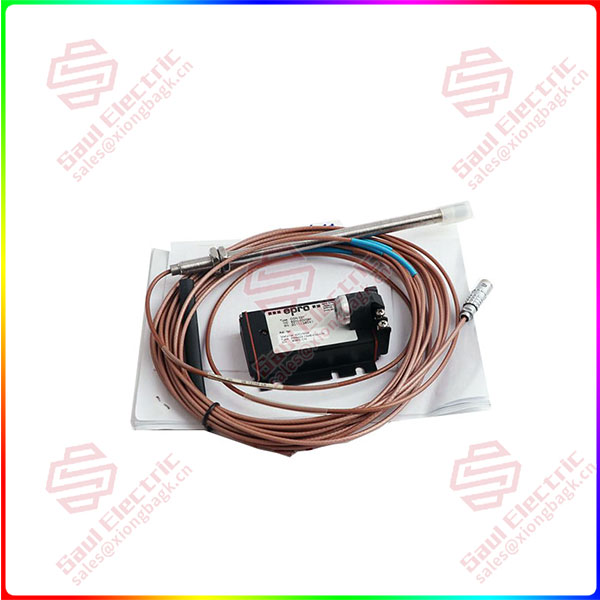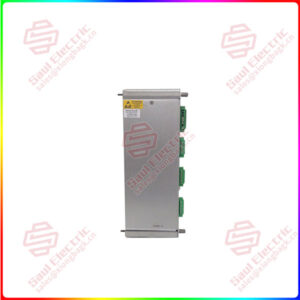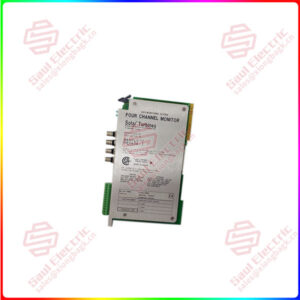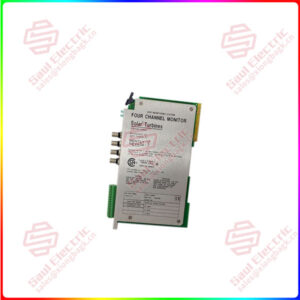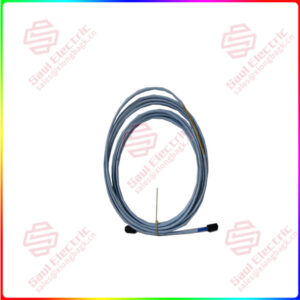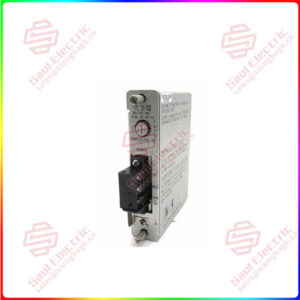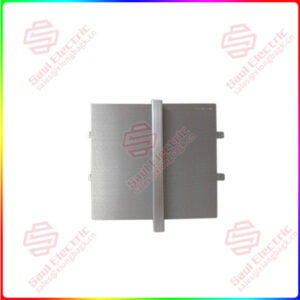Description
Overview
Essential details:PR6423/014-140+CON021 Eddy Current Signal Converter
lf you need to inquire or purchase ,please send the product models to my email or call medirectly .
sunny He
[Email] sales@xiongbagk.cn
[Mobile] 86-18059884797
[WhatsApp] 86-18059884797
[Skype] sales@saulcontrol.com
PR6423/014-140+CON021 Eddy Current Signal Converter
Eddy current sensor works based on the principle of eddy current effect, and its characteristics are mainly reflected in the following aspects:
Non-contact measurement: Eddy current sensors do not need to make physical contact with the object to be measured, thereby avoiding damage, pollution and other problems that may be caused by contact, and also improve the reliability and accuracy of the measurement.
High precision measurement: Eddy current sensors can detect small eddy current losses, so high precision measurement can be achieved.
Good long-term reliability: Due to the characteristics of non-contact, eddy current sensors show good reliability in long-term work, and are not easily affected by wear or pollution.
High sensitivity: Eddy current sensor has a high sensitivity to small changes and can accurately capture small changes in the measured object.
Strong anti-interference ability: eddy current sensor design has effective anti-interference measures, can work stably in complex environments, reduce the impact of external interference on measurement results.
Fast response speed: Eddy current sensor can quickly respond to changes in the measured object to achieve real-time or near-real-time measurement.
Strong adaptability: Eddy current sensors can be applied to a variety of materials and environments, measuring displacement, thickness, amplitude, oscillation, speed and other parameters, can also be made into proximity switches, counters, etc.
Easy to install: Eddy current sensors are easy to install, no special installation method is required, and only need to be installed near the object being measured.
In summary, eddy current sensors have many advantages and characteristics, which make them widely used in various industrial applications, such as long-term real-time monitoring of axis displacement, shaft vibration, shaft speed and other parameters of large rotating machinery.


 1 Year Warranty
1 Year Warranty
